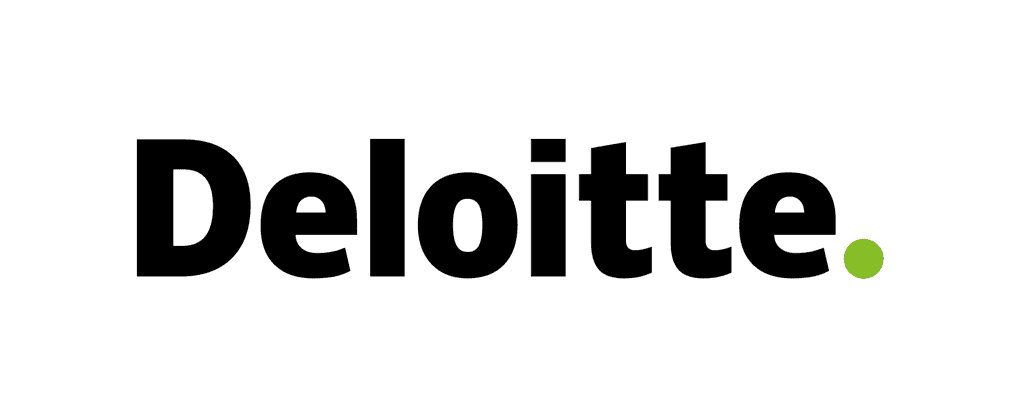
Four Drivers of Banking M&A in 2018
Brought to you by Deloitte Consulting

 After several years of false starts, 2018 may be the year that banking merger and acquisition (M&A) truly gets in gear. Financial stocks have rallied and stabilized and boosted the value of companies’ capital war chest.
After several years of false starts, 2018 may be the year that banking merger and acquisition (M&A) truly gets in gear. Financial stocks have rallied and stabilized and boosted the value of companies’ capital war chest.
Add to that new favorable policy developments easing regulatory constraints, interest rates steadily rising, the tax reform bill’s potential boost to bottom lines, loan growth projected to increase, and abundant capital is available to invest. Still, positive developments are sometimes accompanied by challenges. Deloitte’s 2018 banking and securities M&A outlook identifies four trends and drivers that are worth watching for their potential catalyzing or hindering effect on industry M&A activity.
1. Regulatory and legislative changes. Business-friendly legislation and regulatory policy changes may act as a flywheel to concurrently control and increase the M&A machine’s momentum in 2018. Of the potential regulatory changes, raising the statutory $50 billion asset thresholds for systemically important financial institutions, or SIFIs, designation and stress tests may have the most impact on M&A, especially within the ranks of $10 billion-$50 billion and $50 billion-$250 billion institutions. Higher thresholds could bring some regulatory relief around deal-making, opening the door to merger activity by small and midsized banks.
2. U.S. tax changes. Will the 2017 tax cuts be a boon for banking M&A? The outlook is encouraging, with some caveats. Banks and other financial services organizations may have more available capital but they also have numerous ways to use it: employee bonuses or raises, stock buybacks, pay down debt, increase dividends, invest in financial technology (fintech) and other operating improvements, or engage in cash-based M&A. And as of January 2018, sellers’ net operating losses (NOLs) became less attractive as an M&A trigger because, going forward, they will be applied at the new, lower 21 percent tax rate. On a positive note, while foreign banking organizations (FBOs) still face significant regulatory headwinds and some new burdens coming out of last year’s tax laws, tax reform may make U.S. banks on the margin more attractive to foreign-owned institutions looking to offset slow in-country growth and to expand their U.S. footprint where, historically, the tax rates made those investments less desirable from a post-tax earnings perspective.
3. Rising interest rates and higher valuations. Interest rates’ influence on 2018 banking M&A could be mixed: Rising rates may spawn competition in both lending and deposits, prompting an organization to rely more on organic growth and less on inorganic levers like acquisitions or alliances. Conversely, if an organization has loan origination or liquidity challenges, an acquisition could provide more stable access to deposits. Similarly, higher financial industry valuations may both grease and clog the gears of 2018 M&A.
Some banks—especially regionals and super-regionals—that have benefitted from the “Trump Bump” and have enhanced stock currency may engage in strategic deal-making to beef up their asset base, market presence, or fintech capabilities. However, those banks should remember that all valuations have gone up—while their acquisition currency may be higher so is the cost of what they want to buy. And, sellers may be hesitant in stock deals to accept perceived inflated currency. They may, as a result, seek higher deal multiples to protect their shareholders from any post-deal downside value risk.
4. The changing face of fintech. We expect that fintechs will continue to be a strategic investment area for financial services organizations of all types and sizes. Large and regional banks may look for technology assets to help improve their efficiency ratio, while smaller banks having difficulty growing their digital presence may acquire or partner with fintechs to fill critical gaps.
Regardless of their size, banks continue to struggle with diminishing brand value and reputation among certain customer segments including attracting and serving younger demographics in a manner they desire. Embracing the rapid adoption of cutting-edge financial technology, therefore, is not just a short-term means to boost revenues or eliminate cost inefficiencies; it’s a way for banks to repair and enhance their brand and value perception.
With banks likely to ride the wave of tax gains (outside of the impact on deferred tax asset values), increasing interest rates, higher valuations, and easing regulations during the first six months of 2018, they may see less need to push the inorganic lever of M&A to grow earnings. Still, with significant momentum in the system, the second half of the year could see some strategic and financial deal-making on par with or in excess of 2016. We expect larger banks to continue to acquire fintech capabilities and evaluate which businesses are core to their strategy and divesting those that no longer fit, smaller banks continuing to consolidate and private equity firms to continue to monetize remaining crisis-era investments.

